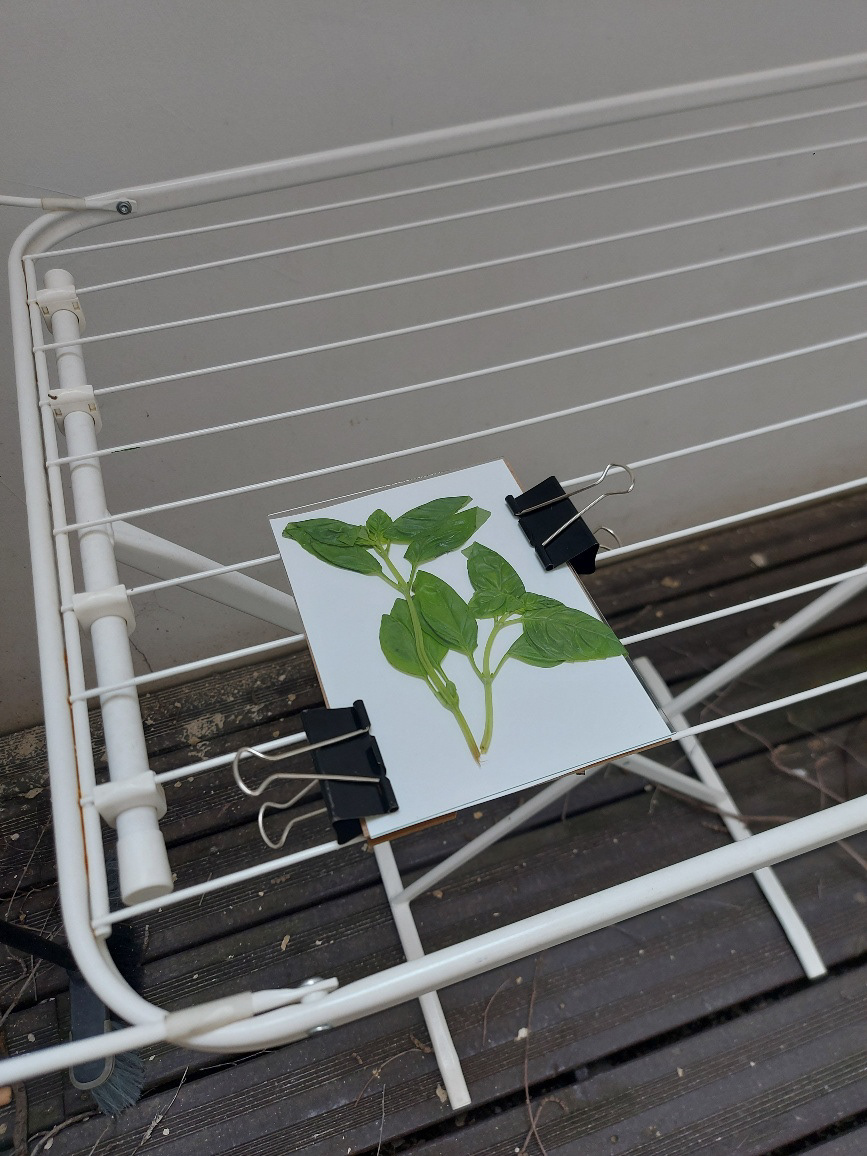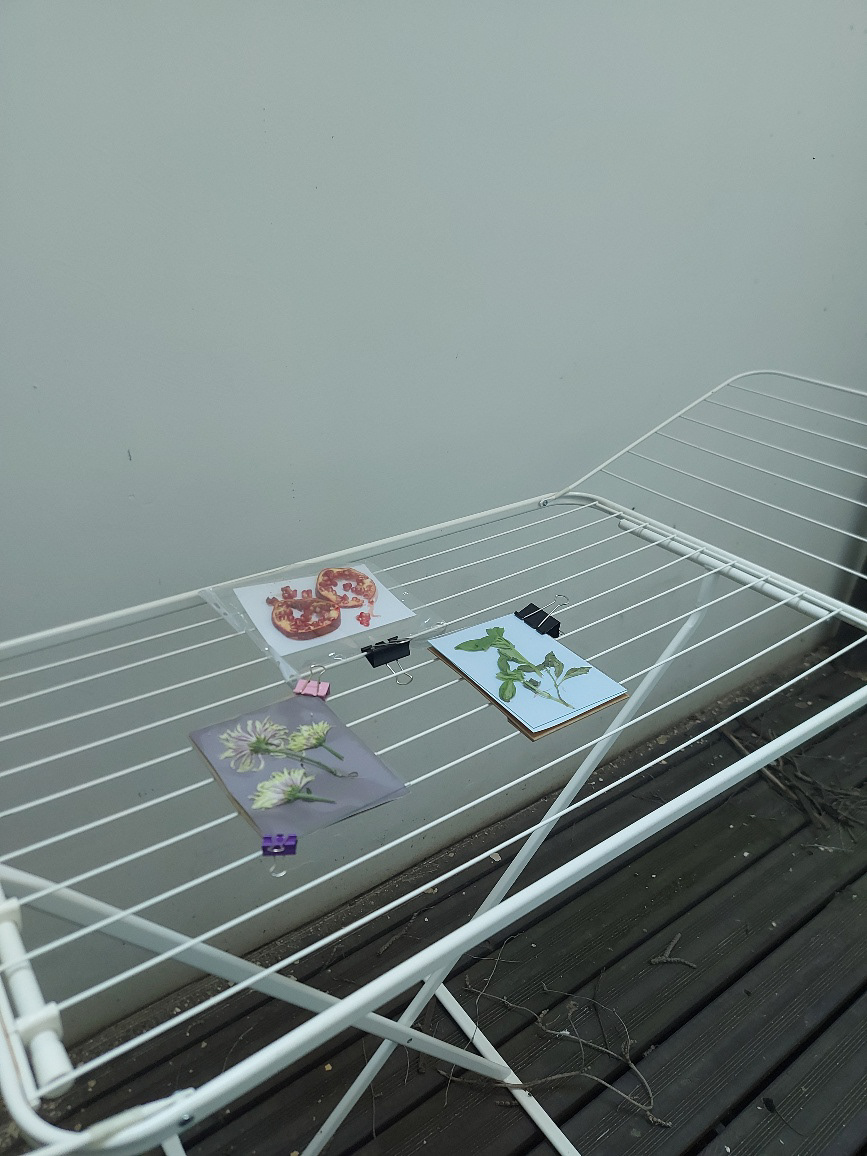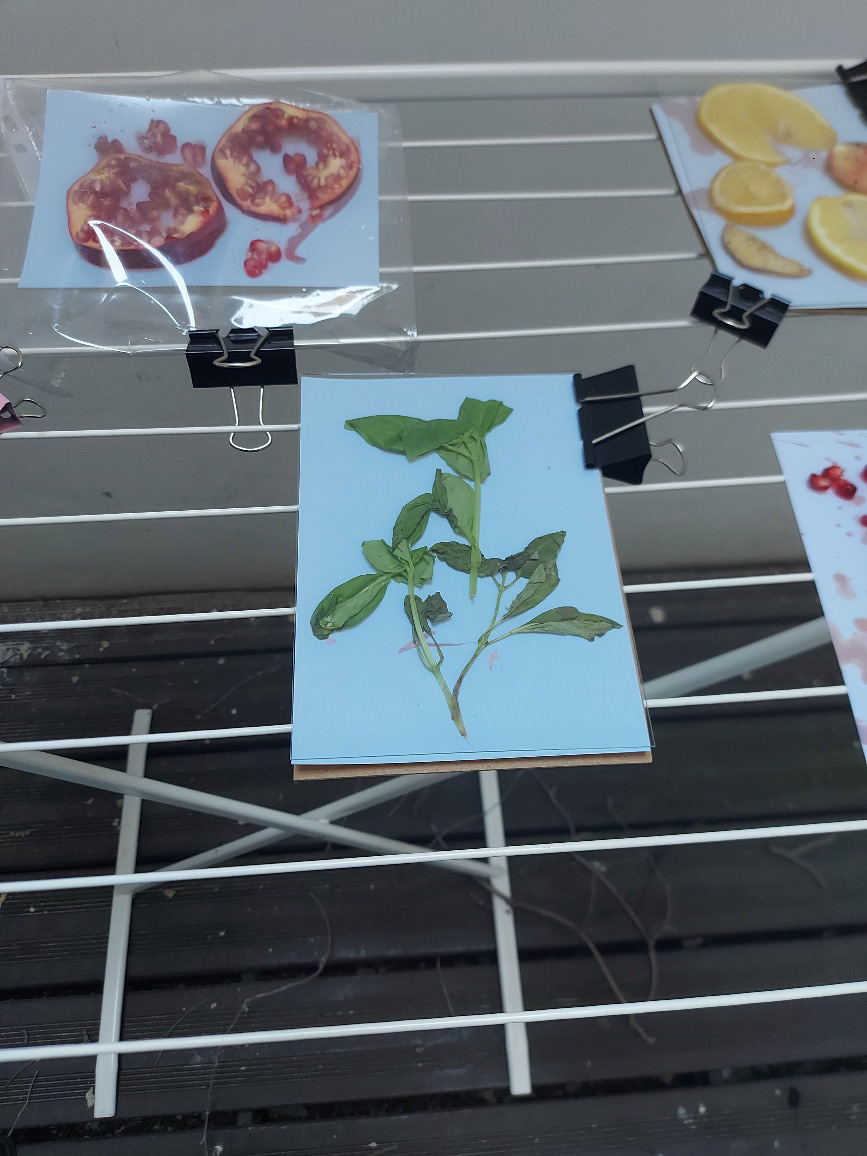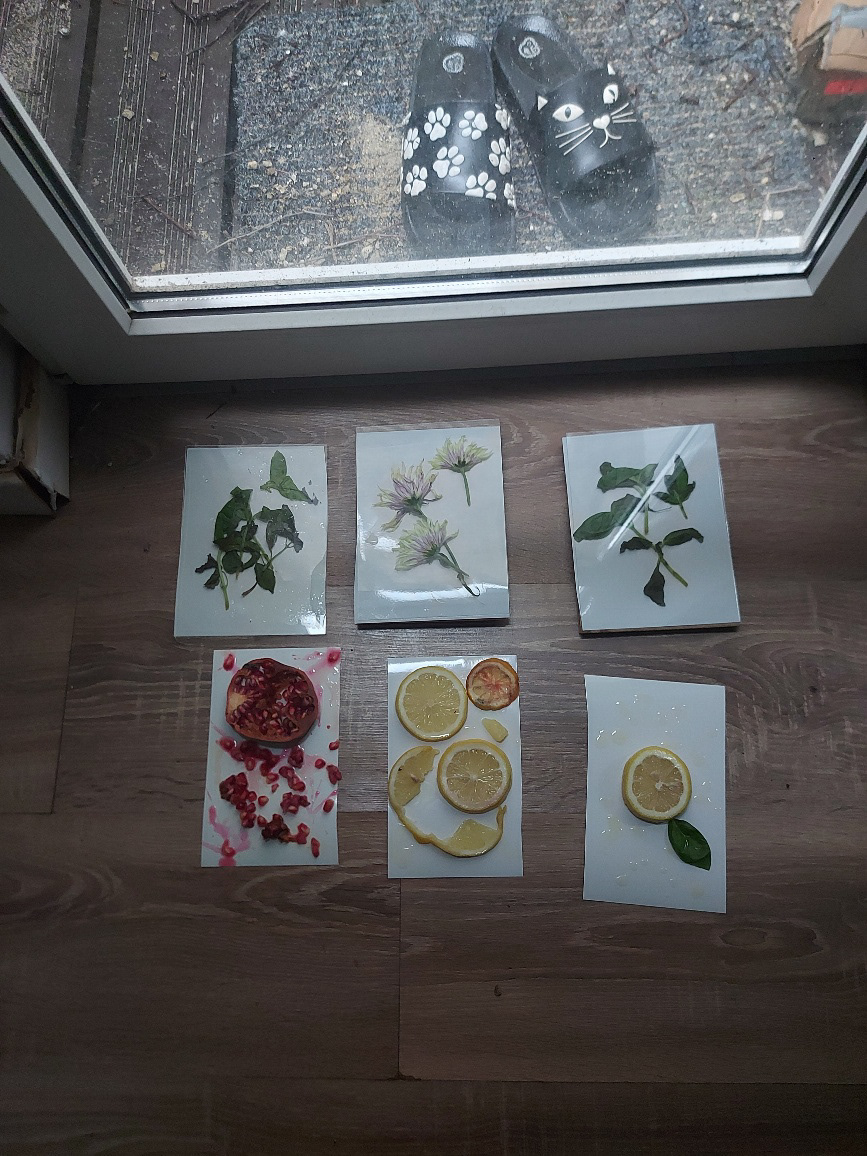In this project I made lumen prints of different plants, leaving them exposed to
natural light for weeks.
During this time, the plant material decomposed, so that the paper not only shows the image formed by the light, but also the effect of time.
The project deliberately avoids the act of fixation, so that the possibility of ephemerality and further change over time remains an integral part of the work.
During the exposure, the paper gradually changed colour depending on the intensity and spectrum of the light, while chemicals from the decomposition of the plants interacted with the surface.
The process is not completely predictable, but certain parameters such as the amount of light, humidity or the placement of the materials influenced the result.
The process is not completely predictable, but certain parameters such as the amount of light, humidity or the placement of the materials influenced the result.


The ephemeral nature of the images reveals the transience of the present, the interaction of light and time, how the traces of time become visible on a surface, how the environment shapes the texture of a material, and how an image-making process can be designed not only to fix but also to react and change.
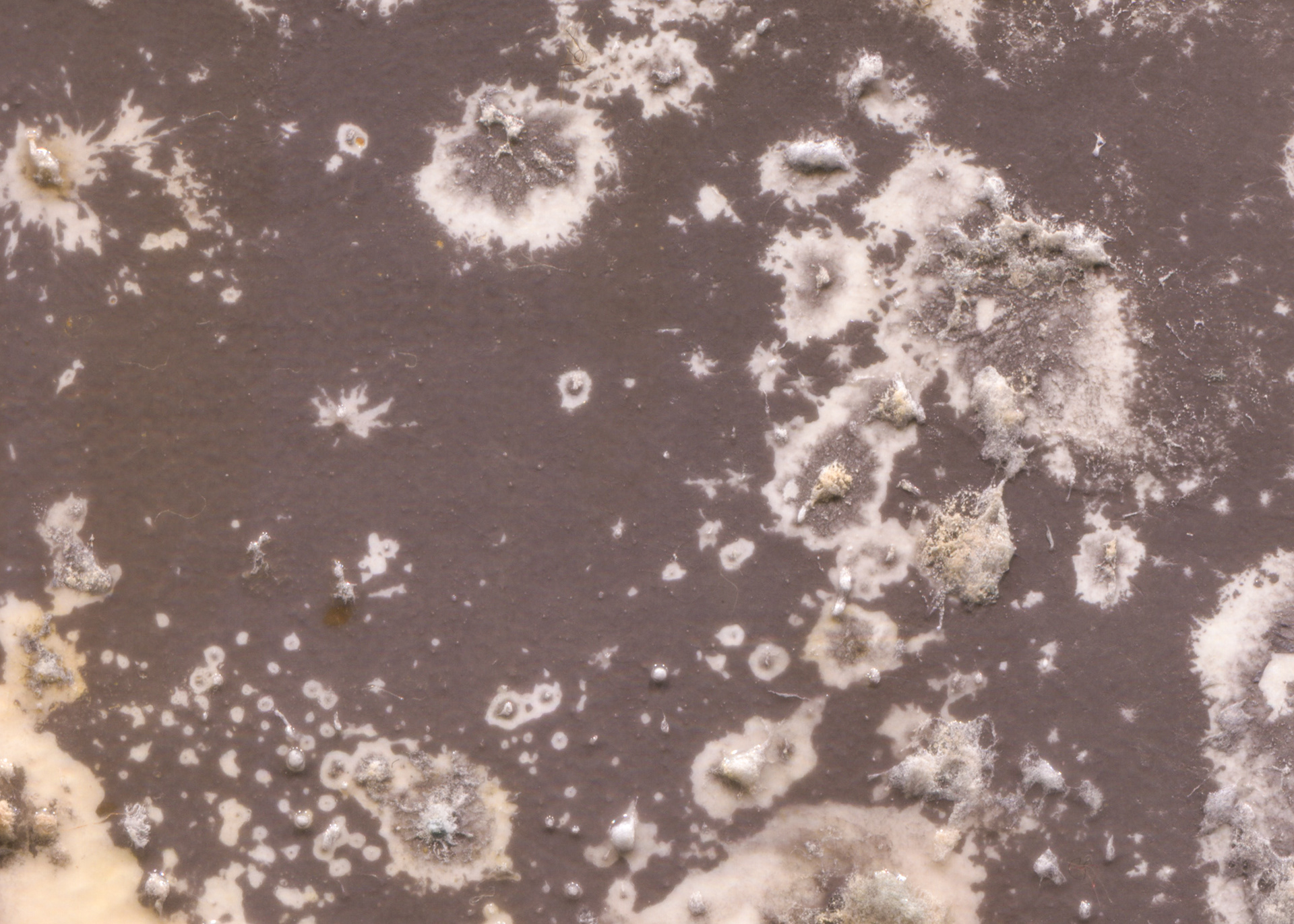

The notion of the image of light in this context goes beyond the act of instantaneous capture. During exposure, light not only illuminates the imprint of the plants, but also acts as a catalyst for temporal change.
The traces of decomposition - stains, discolouration, textural changes - are themselves traces of light and time together.
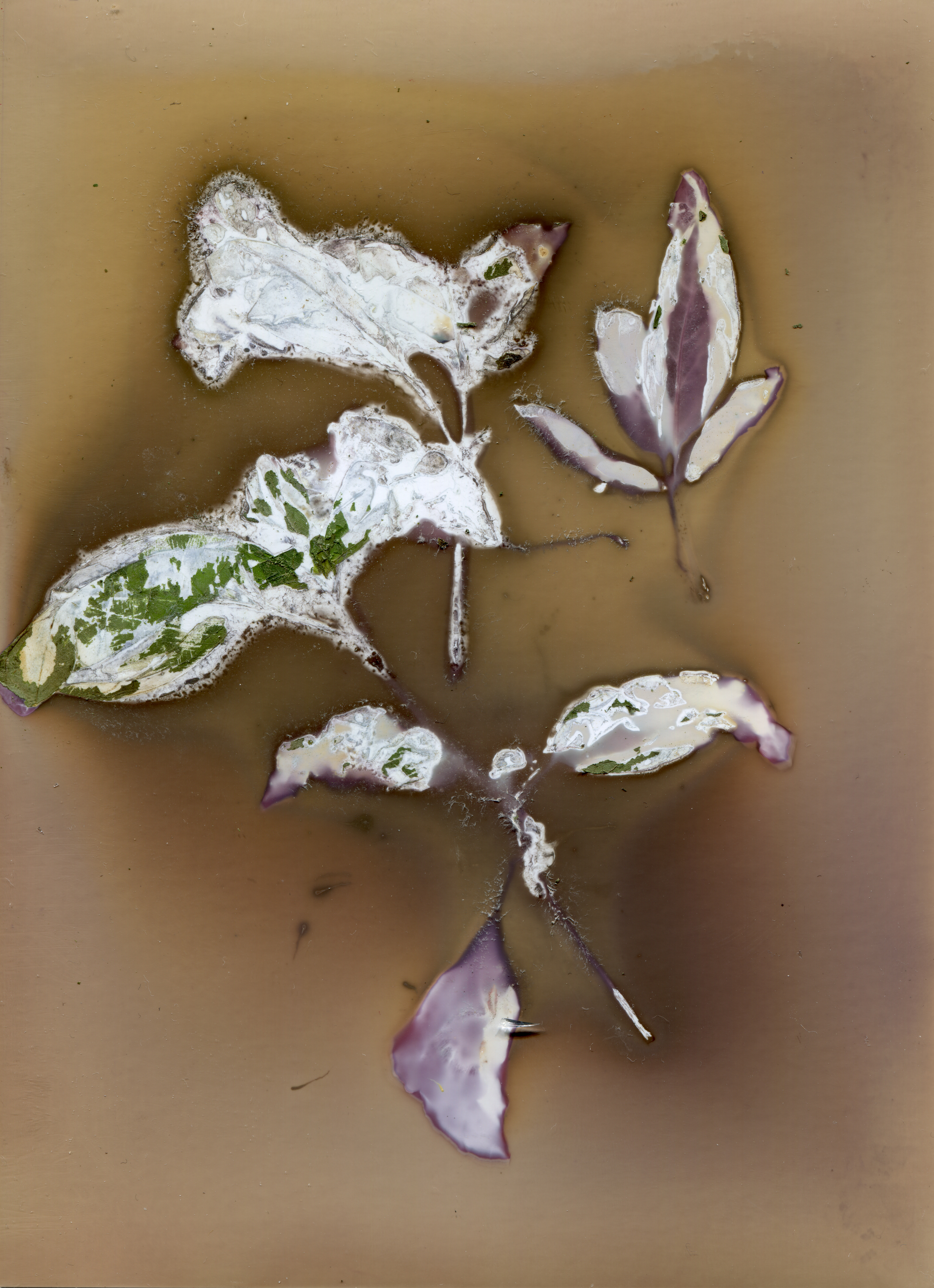
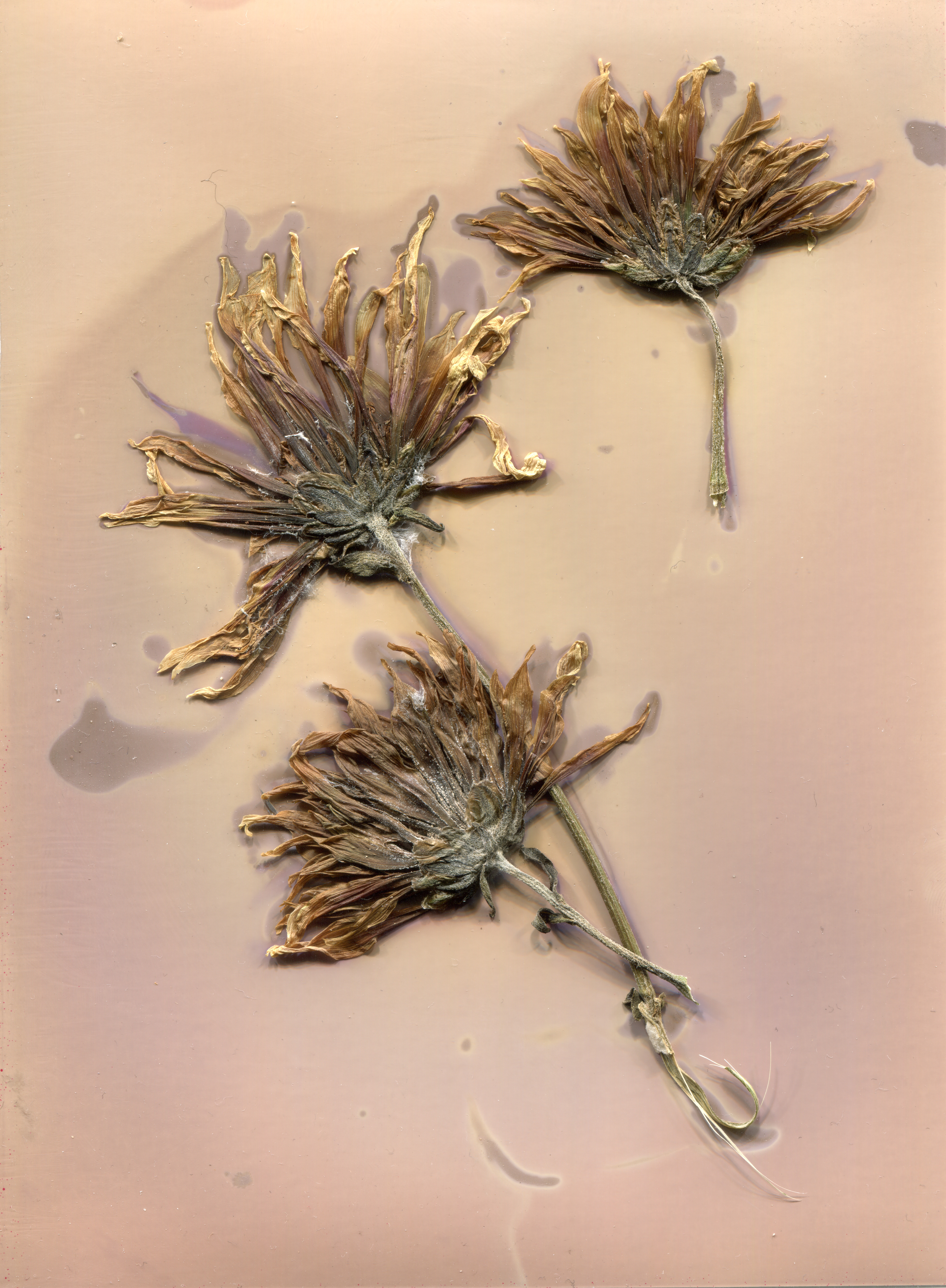
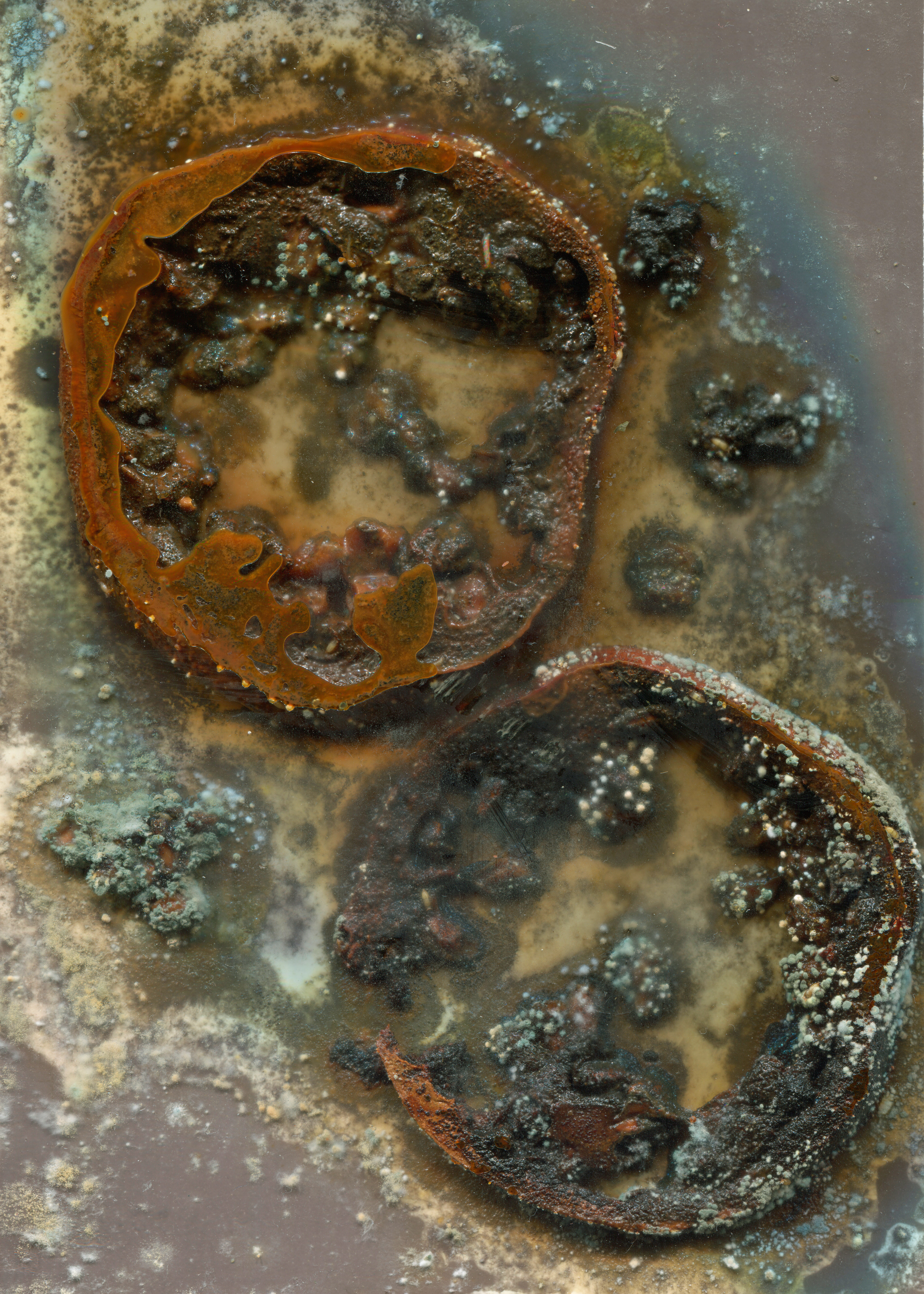

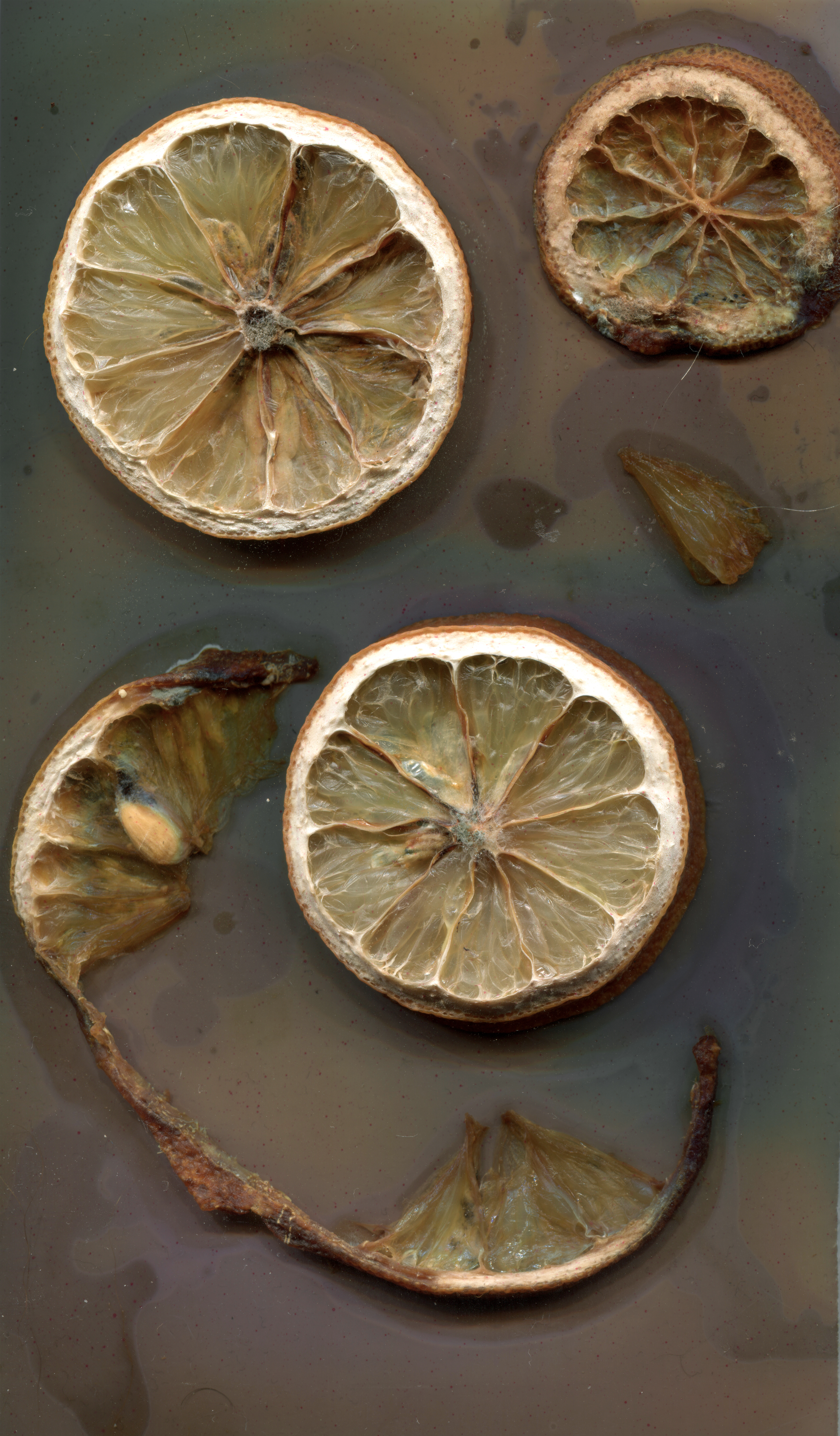
For me, this project was not only a technical experiment, but a reflection on how to approach the relationship between permanence and change within a medium.
Behind the scenes:
